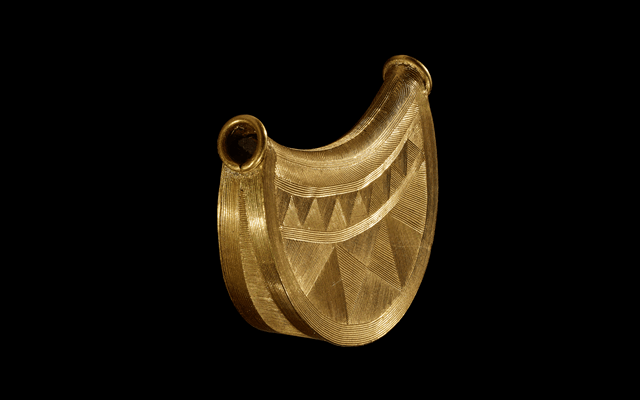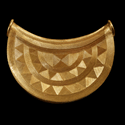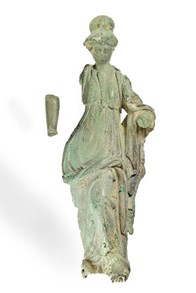For the second year in a row, a record amount of ‘treasure’ has been found in Britain’s fields and ditches by members of the public.
The latest figures reveal 78,000 archaeological items were found during 2017, with 1267 items of treasure unearthed across England, Wales and Northern Ireland during the year.
Treasure is defined as gold and silver objects over 300 years old, or groups of coins and prehistoric metalwork.
The growth in amateur treasure hunters using metal detectors has boosted the numbers. More than 90% of the finds registered as portable antiquities were found by metal detectorists and Norfolk was the county which produced the most finds, followed by Lincolnshire and Suffolk.
Some of the most significant recent treasure finds include a Bronze Age gold bulla, a type of pendant. The British Museum said it was found in the Shropshire Marches. The 3500-year-old item is an “exquisite example of workmanship which suggests the area in which it was found was used for rituals”.
Another recent discovery is a 2000-year-old Roman statue of the goddess Minerva which was kept for a decade in a margarine tub after mistakenly being identified as a modern copy. First found on farmland in the early 2000s by a metal detectorist, its true significance only came to light after being seen in the home of the landowner by another detectorist many years later. It was then taken to the local finds liaison officer at the Oxfordshire Museums Service where it was confirmed to be a very rare find.
The figures are produced from the Treasure Annual Report and Portable Antiquities Annual Report. The British Museum manages the Portable Antiquities Scheme which is a voluntary initiative to record archaeological objects found by members of the public.
Under the Treasure Act, which came into law in 1996, the finder and landowner are eligible to be rewarded for the full market value of the find, normally on a 50:50 basis. It was created to encourage finders to declare treasure and make it easier for national or local museums to acquire important finds for the public benefit. Of the 14,000 Treasure finds over the past 20 years, 40% are now in museum collections.
Hartwig Fischer, director of the British Museum, said: “Another record-breaking year of treasure finds is wonderful news for our knowledge and understanding of Britain’s past.”










